Check Out the Agenda for Metro’s Data Day – “Destination Ideation”
Agenda released for upcoming event focused on identifying rider needs in the apps & maps space.
Two weeks ago we announced we were hosting an event here at Metro on October 15th to engage the developer, rider and advocate communities to uncover unmet needs and potential solutions to them. We plan to have some fun and meet new people, and we are calling it Destination Ideation.
While we are busily preparing for the event, we invite you to go ahead and check out the event agenda. (PDF)
For those who are interested but haven’t signed up yet, please go to the event page to claim your free ticket. We need a good estimate of the head-count to manage the event.
Download: agenda-destination-ideation-v2
RSVP: http://tinyurl.com/destinationideation
We are looking forward to seeing you on October 15!

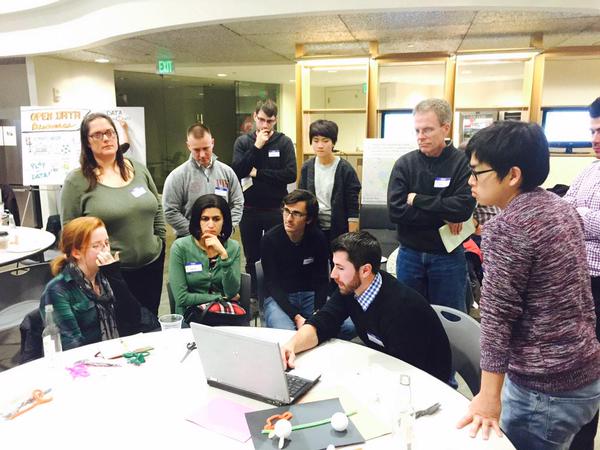
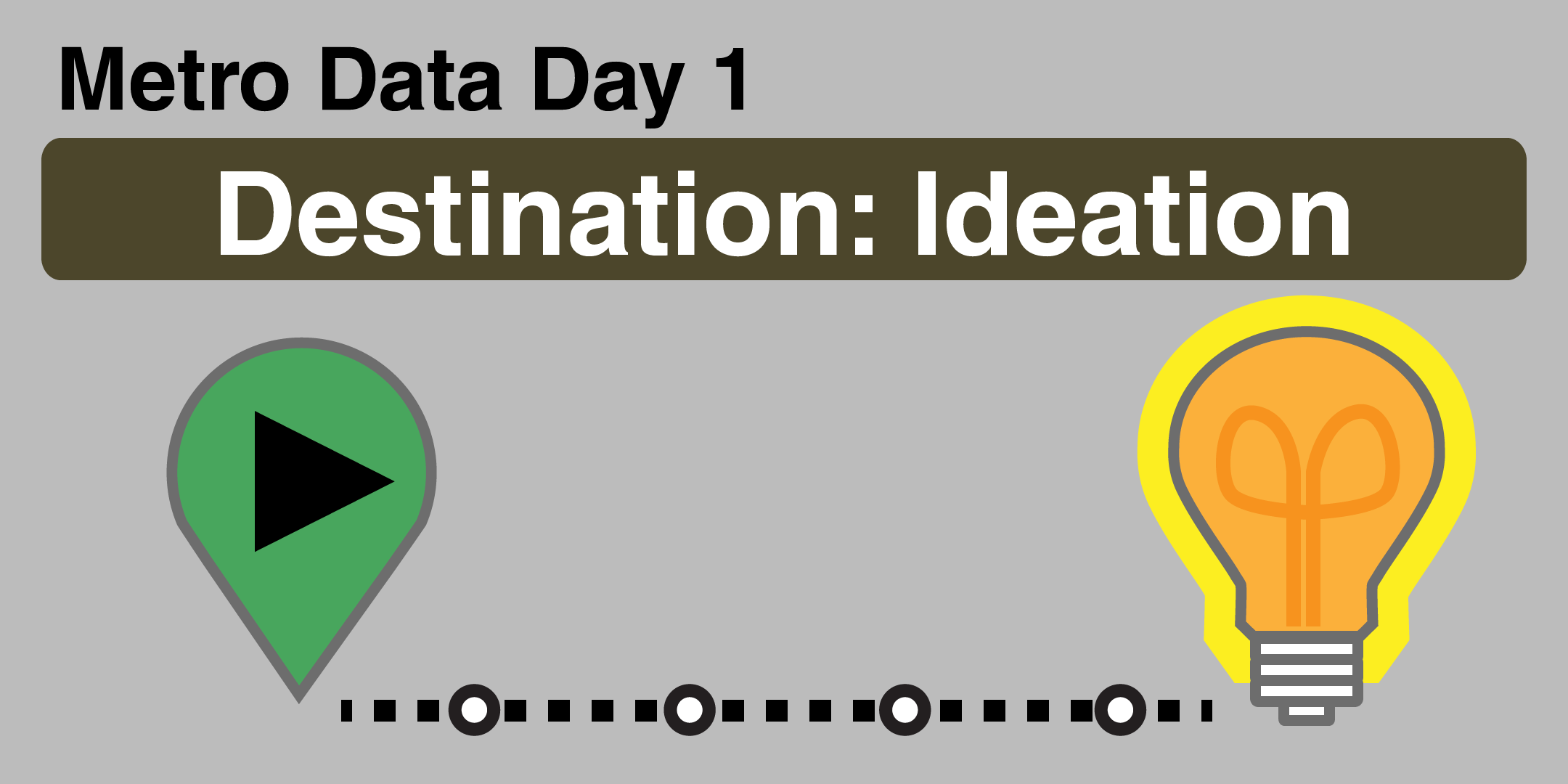
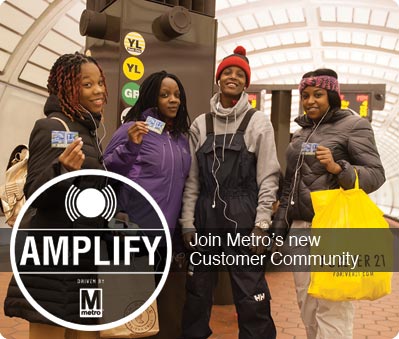
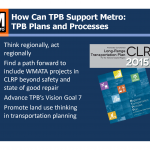



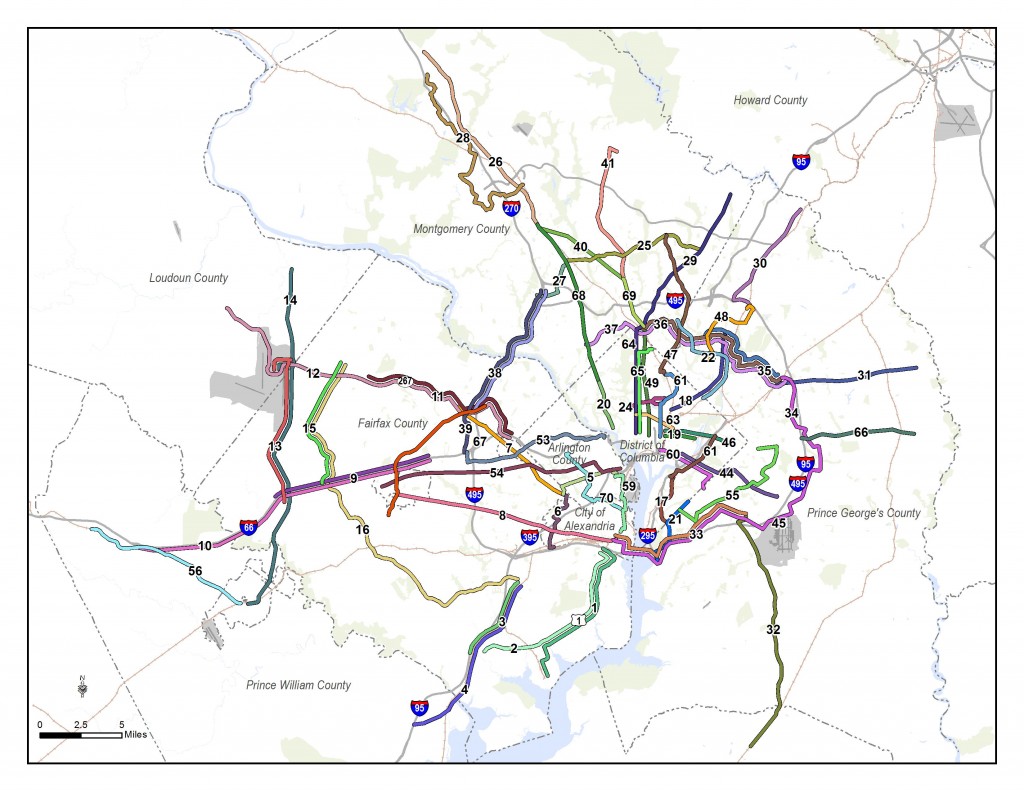
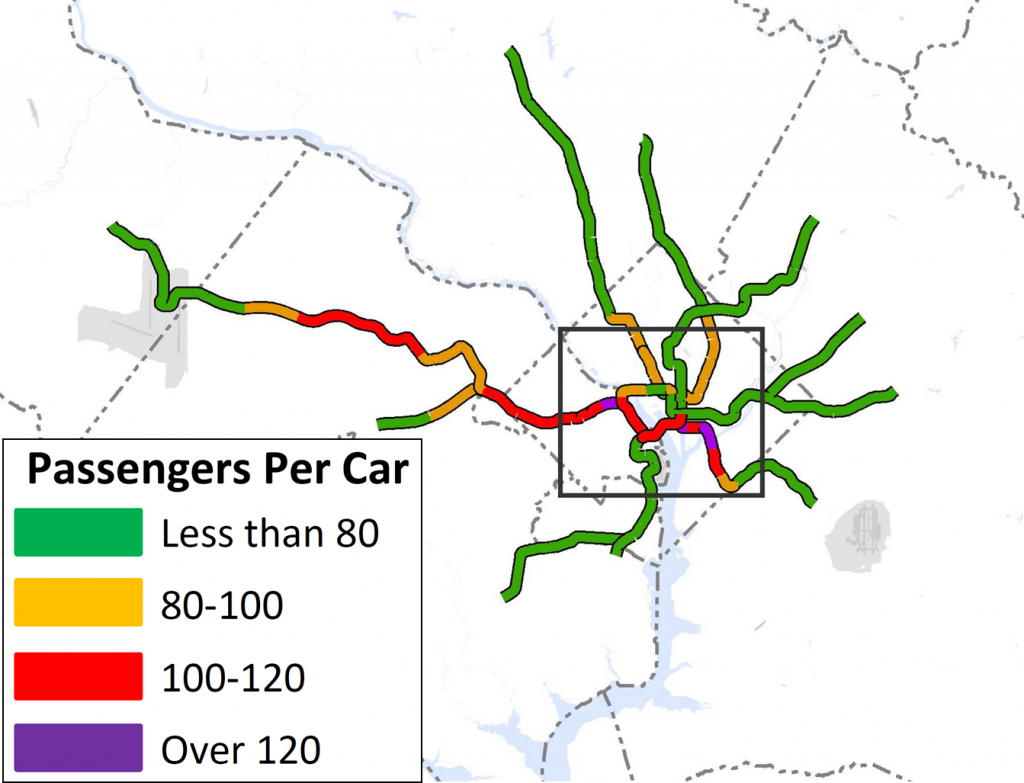
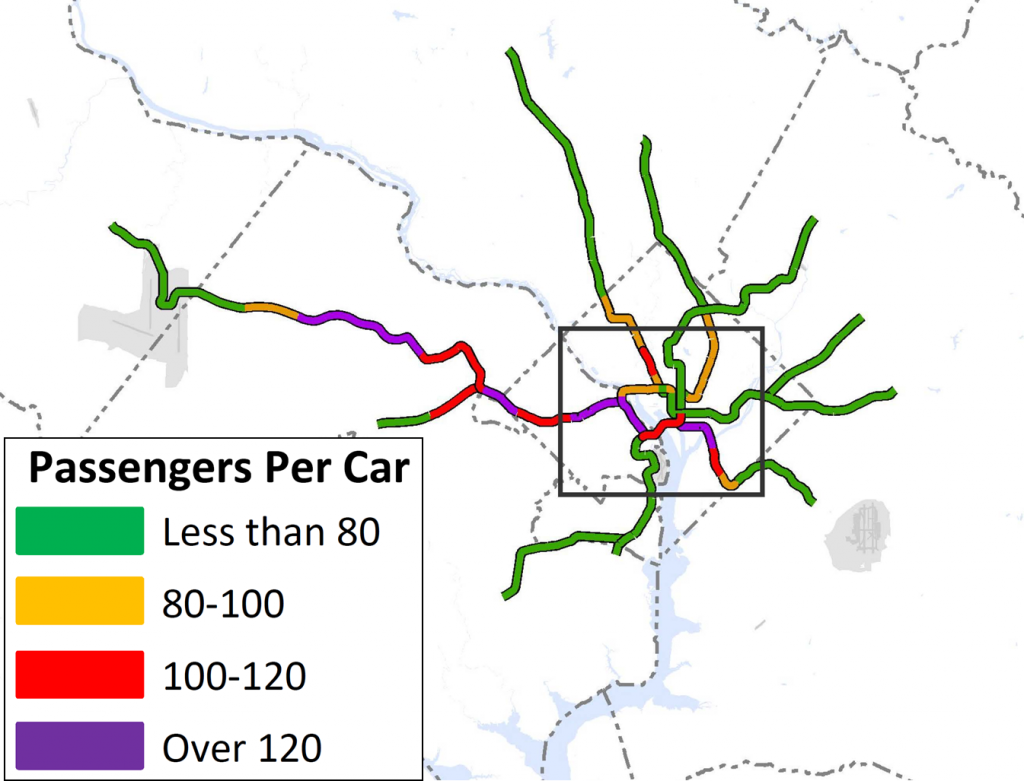
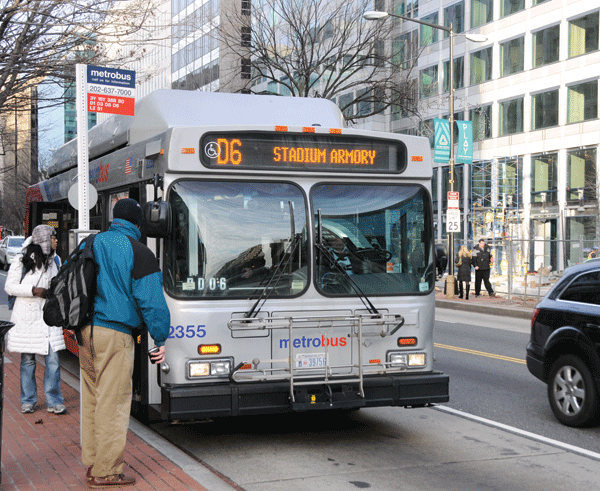
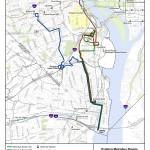

Recent Comments